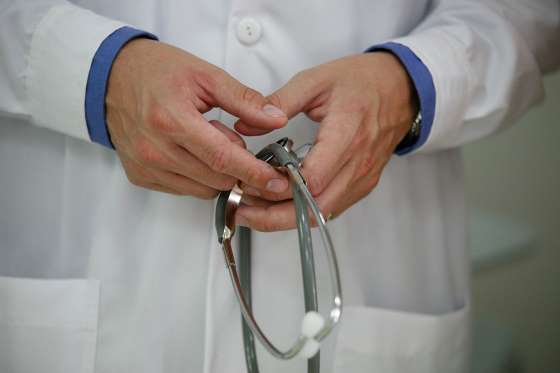
Health Insurance to rise by $200 on average
Today's news confirms that health cover will rise again on April 1 - this time by an average 4.8% or about $200 for a family or couple. And you're not alone in feeling like it's just not fair - 18 leading economists were polled this week on whether the increases are justified and many said no.
Most economists believe that health insurance premium hikes that are well over the inflation rate can't be justified as they are well in excess of the Consumer Price Index of 1.4 per cent.
Health Minister Greg Hunt has given the industry the go-ahead to raise premiums again - on top of cumulative increases of 28% since 2012 or 50% since 2009.
Another lone voice in the wilderness talking about premium increases is outgoing HBF chief Rob Bransby who this week cautioned that ever-increasing treatment costs are pushing the private health insurers to tipping point, which for him is below 55%. It currently sits at 58.3% nationally.
One critical issue in the cost of private health insurance is the management of the chronically ill, who can account for more than 70 per cent of HBF’s annual claims. Mr Bransby believes if we could reduce the hospitalisation of the chronically ill by one hospital stay a year, the savings are “immeasurable”.
According to Dr Rachel David, chief executive of industry group Private Healthcare Australia health inflation rises are in line with an ageing population, improvements in technology and consumer expectations.
As the peak representative body for Health Insurers we would expect Dr David to say that but maybe the increases also have something to do with the Executive pay packets at Australia's biggest private health insurers.
Insurance bosses have in some cases doubled their multi-million dollar remuneration packages but in the case of one Chief Executive his total pay packet rose by a staggering 95%*.
Health industry bosses have acknowledged that the public has run out of patience with steep rises and have mounted campaigns to rein in fixed costs like devices on the prostheses list.
But there has also been evidence of health funds taking an axe to the benefits they offer, with the Australian Prudential Regulation Authority in a report finding evidence of a 6 per cent decline in payouts for dental, chiropractic, physiotherapy and optical extras. Pregnancy, spinal and brain surgery have been excluded from mid-range cover in many cases.
Despite the dire time, net profit after tax for the industry remained at $1.2 billion in the March quarters from 2015 to 2016.
Consumer group Choice director of campaigns Matt Levey said this week "Unfortunately health insurance is the most complex market for Australians to navigate” which compounds the problem for many policy holders.
Finder said Australians that were paying $2000 a year for health insurance in 2010 are now paying close to $3000, based on Department of Health data.
If you plan on hanging onto your private health cover there is a brief ray of sunshine breaking through the clouds. With the average policy costing $3947 per year according to Finder, an increase of 5 per cent, would go up to $4145 so by paying your premiums upfront you could save yourself $197.

